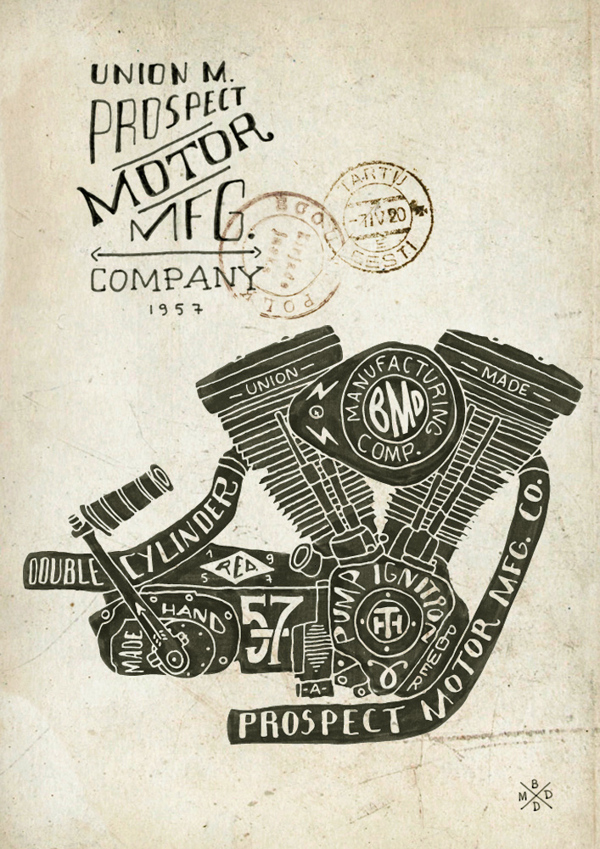
Engine Design, we all rely on it, but we don’t always realize it, or see it! Hidden beneath the hood of your car (and many other things like boats, planes, trains, etc.) hides a magnificent engineering marvel known as the engine! We don’t really put much thought into what we rely on to survive but maybe we should! As Designers & Engineers it is important to know how it works if you want to build a better version and make the future better with that product for everyone. It is important to learn the history of such things, and find out how it works because someone else may not have done that and continued with an inferior design and thus held society back.
“Once we rid ourselves of traditional thinking we can get on with creating the future.” — James Bertrand
Now I am not saying that all engine design has been wrong, obviously we have used it and built upon it – without earlier engines we wouldn’t have the engines we have today! We stand on the shoulders of giants in almost everything we do. However, it is good to look into things, and question how they are being done, and see if there is room for improvement (there is almost always room for improvement) after all everything we have, especially as far as engines go, is the best we can do up until now. They can always be faster, more efficient, cheaper, etc. Lets take a look at what an engine is.
What Is An Engine?
We have all encountered them, but not everyone knows a whole lot about them (beyond their outward design appearance) and how they work.
An engine or motor is a machine designed to convert energy into useful mechanical motion. Heat engines, including internal combustion engines and external combustion engines (such as steam engines) burn a fuel to create heat, which then creates motion. Electric motors convert electrical energy into mechanical motion, pneumatic motors use compressed air and others—such as clockwork motors in wind-up toys—use elastic energy. In biological systems, molecular motors, like myosins in muscles, use chemical energy to create motion.
Originally, an engine was a mechanical device that converted force into motion. Military devices such as catapults, trebuchets and battering rams are referred to as siege engines. The term “gin” as in cotton gin is recognised as a short form of the Old French word engin, in turn from the Latin ingenium, related to ingenious. Most devices in the industrial revolution were called engines, and this is where the steam engine gained its name.
In modern usage, the term describes devices capable of performing mechanical work, as in the original steam engine. In most cases, the work is produced by exerting a torque or linear force, which operates other machinery that generates electricity, pumps water, or compresses gas. In the context of propulsion systems, an air-breathing engine is one that uses atmospheric air to oxidise the fuel rather than supplying an independent oxidizer, as in a rocket.
Medieval Muslim engineers employed gears in mills and water-raising machines, and used dams as a source of water power to provide additional power to watermills and water-raising machines. In the medieval Islamic world, such advances made it possible to mechanize many industrial tasks previously carried out by manual labour.
The Watt steam engine was the first type of steam engine to make use of steam at a pressure just above atmospheric to drive the piston helped by a partial vacuum. Improving on the design of the 1712 Newcomen steam engine, the Watt steam engine, developed sporadically from 1763 to 1775, was a great step in the development of the steam engine.
Earlier automobile engine development produced a much larger range of engines than is in common use today. Engines have ranged from 1- to 16-cylinder designs with corresponding differences in overall size, weight, piston displacement, and cylinder bores. Four cylinders and power ratings from 19 to 120 hp (14 to 90 kW) were followed in a majority of the models. Several three-cylinder, two-stroke-cycle models were built while most engines had straight or in-line cylinders. There were several V-type models and horizontally opposed two- and four-cylinder makes too. Overhead camshafts were frequently employed. The smaller engines were commonly air-cooled and located at the rear of the vehicle; compression ratios were relatively low. The 1970s and ’80s saw an increased interest in improved fuel economy, which caused a return to smaller V-6 and four-cylinder layouts, with as many as five valves per cylinder to improve efficiency. The Bugatti Veyron 16.4 operates with a W16 engine, meaning that two V8 cylinder layouts are positioned next to each other to create the W shape sharing the same crankshaft.
The largest internal combustion engine ever built is the Wärtsilä-Sulzer RTA96-C, a 14-cylinder, 2-stroke turbocharged diesel engine that was designed to power the Emma Maersk, the largest container ship in the world. This engine weighs 2300 tons, and when running at 102 RPM produces 109,000 bhp (80,080 kW) consuming some 13.7 tons of fuel each hour.
So much engine history. If only our ancestors can see how far we have come with these modern marvels of machines! Lets take a closer look at that MASSIVE engine, and then we will explore the rest :D.
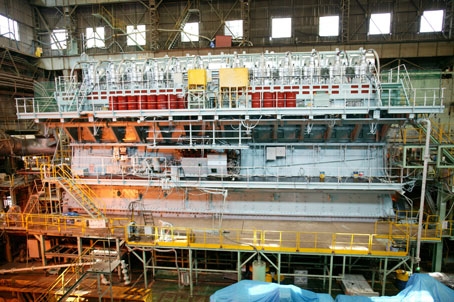
Behold, the Wärtsilä-Sulzer RTA96-C, Most powerful diesel engine in the world
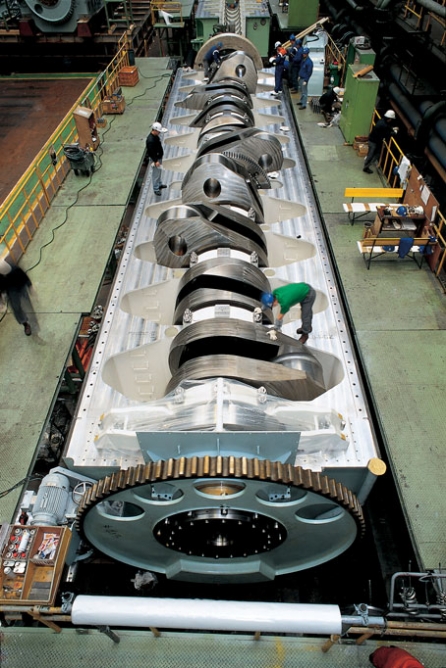
Wow, The 300 ton crankshaft spins at 102rpm for maximum power
Now that we have seen one of the biggest engines in the world, lets take a look at, and focus on engine designs (new and old, real and imagined haha – to inspire all of your design idea fantasies be it futuristic or retro!) 🙂 Perhaps one day you will be the one that comes up with the latest and greatest engine design innovation in the future that changes the world! Whether you want to actually build these engines, or design them to be built, or just draw them as art for inspiration of others and for the growth of your own creativity or imagination – I hope these inspire you! It is powerful to be able to design something on paper that can possibly be built to change the future of humanity! Go forth, build the future of engines either in practice or in science fiction, and most of all… ENJOY!
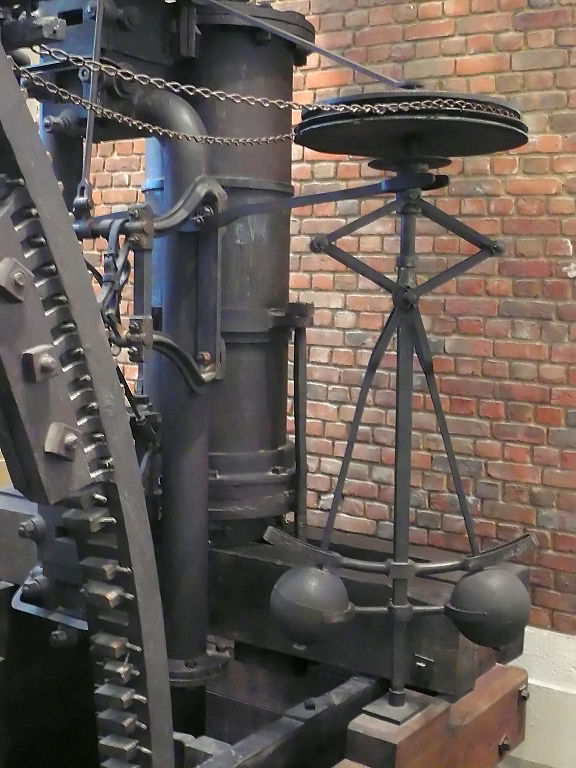
One of the first types of Steam Engines, this is a Boulton & Watt engine of 1788
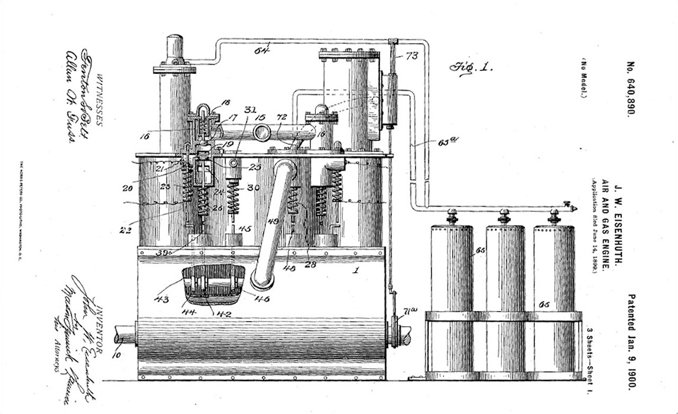
Lovely engine design sketch from the Connecticut’s Eisenhuth Horseless Vehicle Company in 1904 – it didn’t get far but its awesome to see designers way back then sketching their designs out so well :D.
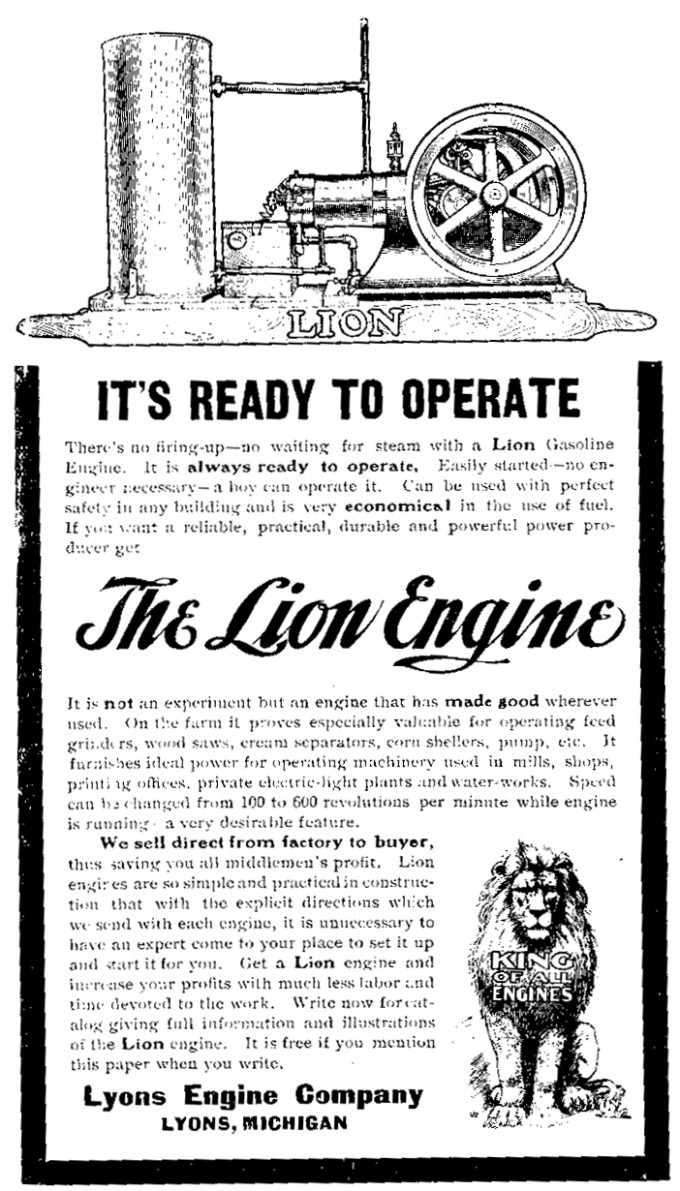
A 1906 gasoline engine print advertisement – so old and awesome!
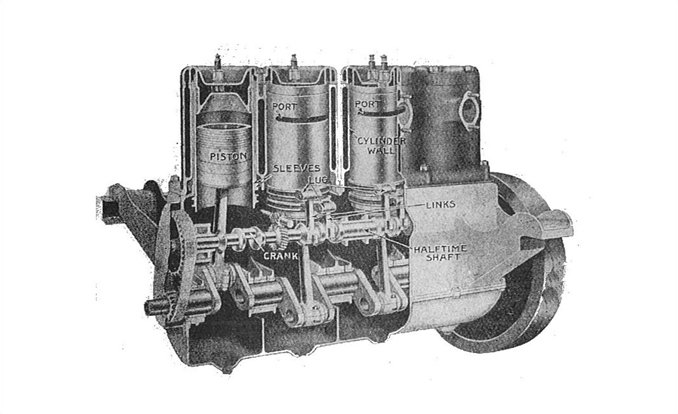
Knight Sleeve Valve Engine from 1909
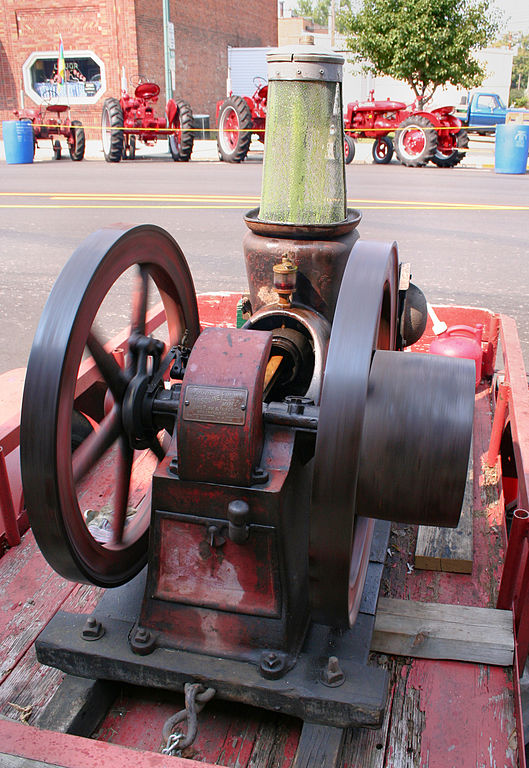
One-cylinder gasoline engine (ca. 1910) – Classy!
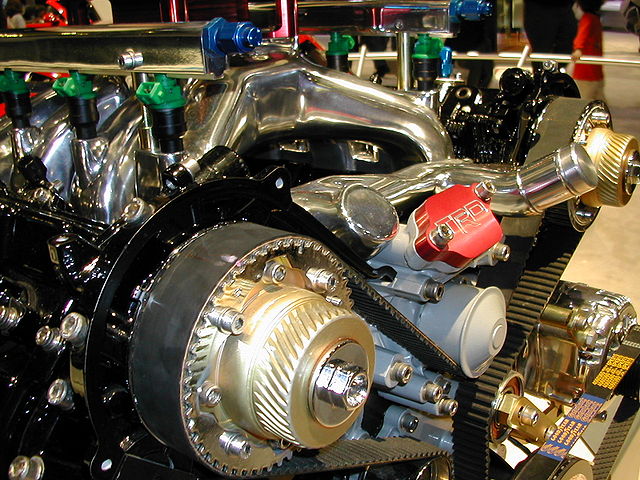
A more modern automobile internal combustion engine partly opened and colored to show components. My how far we have come.
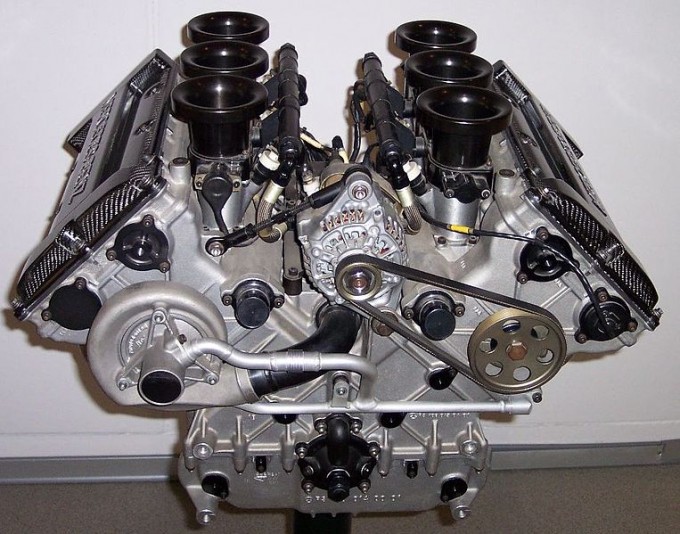
A V6 internal combustion engine design from a Mercedes car
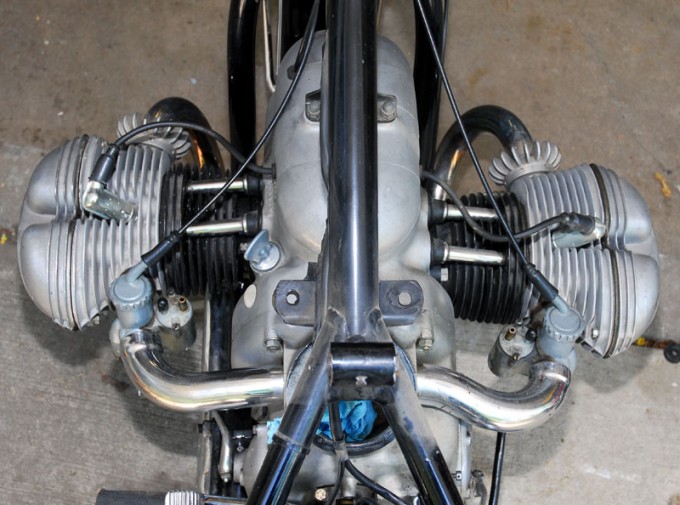
1954 BMW “Boxer” motorcycle engine. The two cylinders cannot be directly opposite each other. Beautifully engineered!
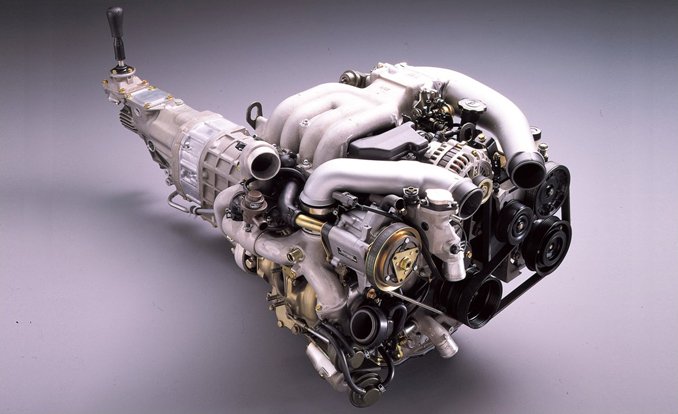
This sexy looking thing is the Wankel Rotary Engine from the 1950’s and is still in production today in cars such as the Mazda RX-8
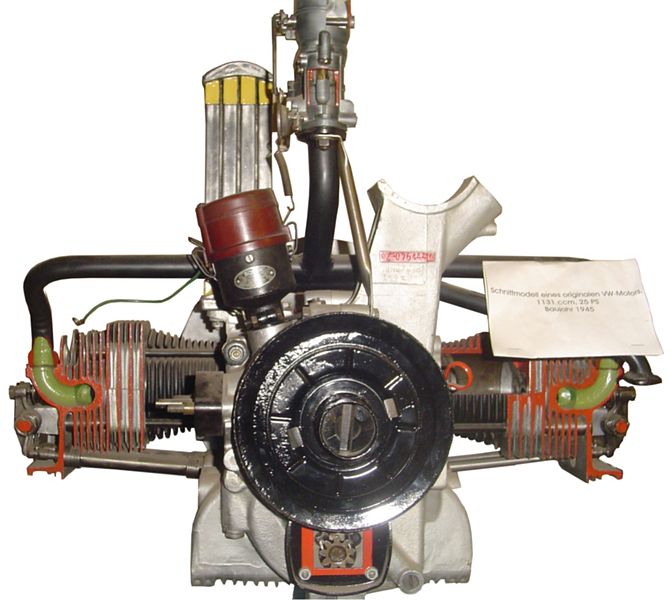
The Flat-4 Volkswagen air-cooled engine. I’ve always had a thing for Volkswagens – Beetle FTW!
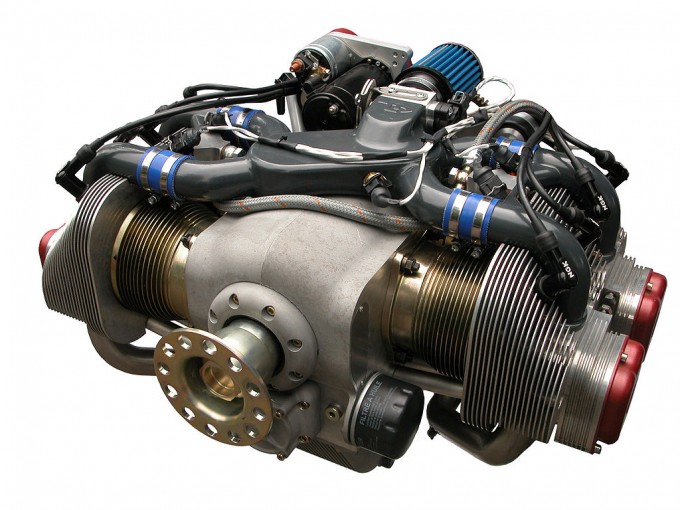
This is the UL260i Flat-4 aircraft engine. Stunning Design! Airplanes rock.
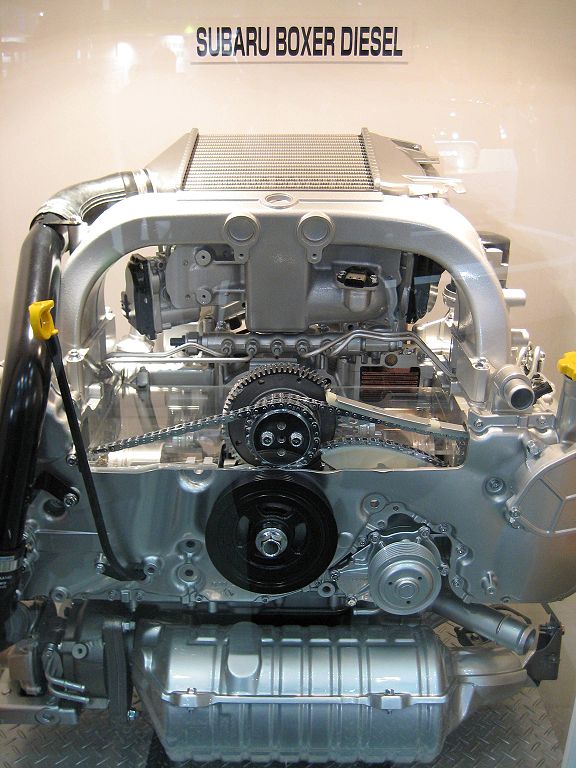
This is a 2008 Subaru Boxer Turbo Diesel Engine
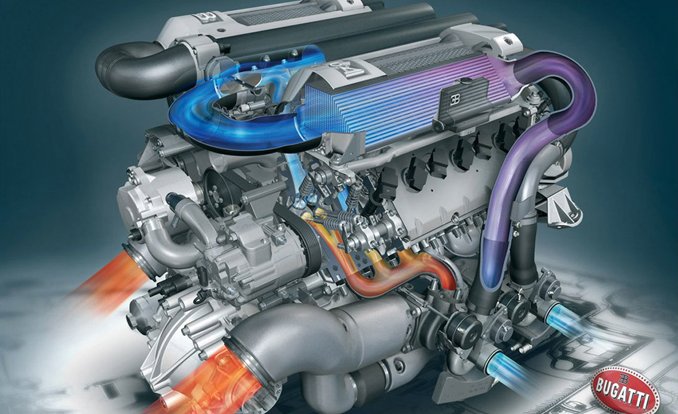
8.0-liter, 1000-plus-hp W-16 from the Bugatti Veyron is the most powerful and complex production engine in history. It has been called a “a once-in-a-lifetime engineering unicorn” LOL Epic indeed.
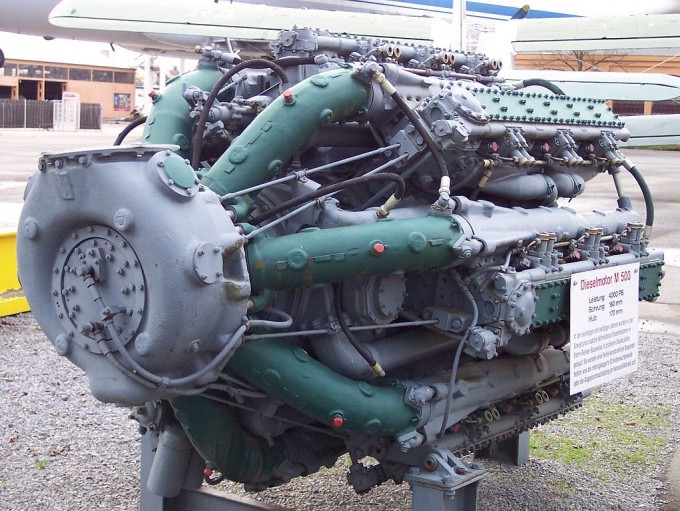
This thing is freaking BEAST! Looks fantastic as well (resembles a squid imo lol)! The Zvezda M503 was a maritime 7 row, 42 cylinder diesel radial engine built in the 1970s by the Soviet Union.
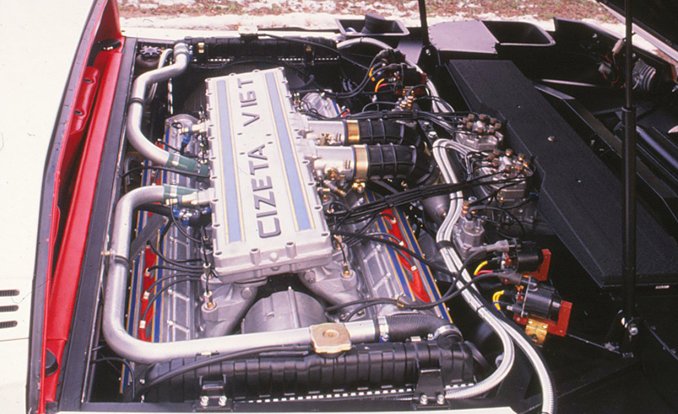
This is the limited-production Cizeta V16T supercar engine. The 560-hp, 6.0-liter V-16 in the Ciz’s belly isn’t really a true V-16 however – still nice to look at and get inspired by though!
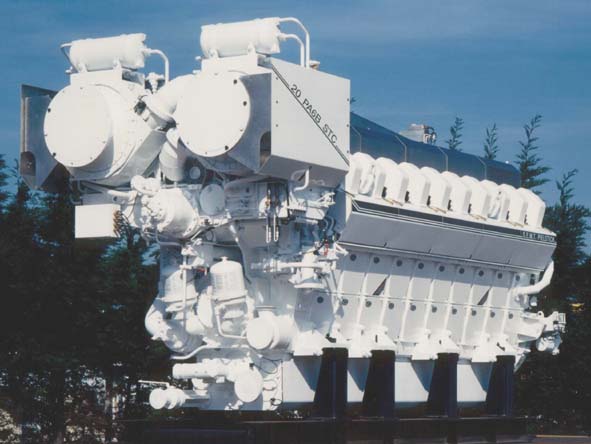
A Pielstick 20PA6B STC diesel engine about to leave the factory. This 20 cylinder diesel engine is built for ships. Massive!
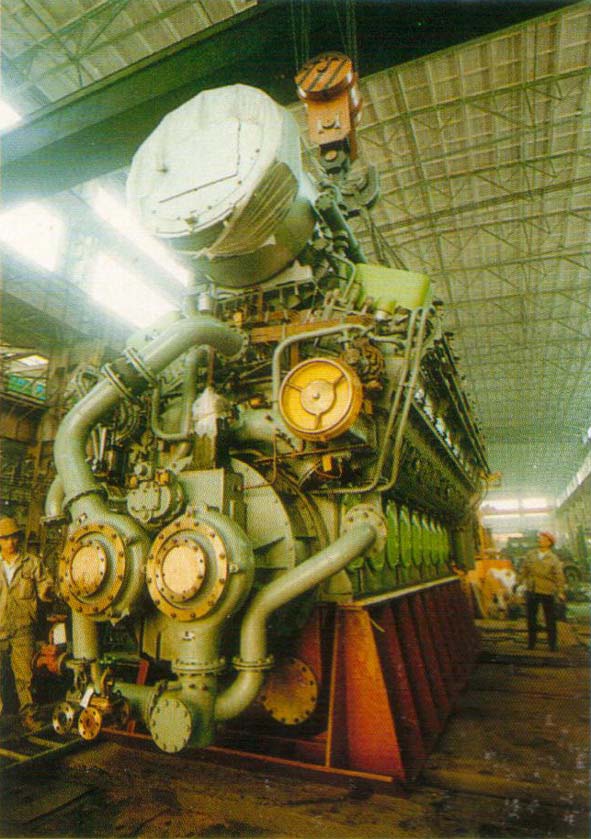
Another HUGE Ship engine – A V18 cylinder 390VA series marine diesel engine rated at 8.8 MW at 480 rpm. This one powers a Chinese Frigate.
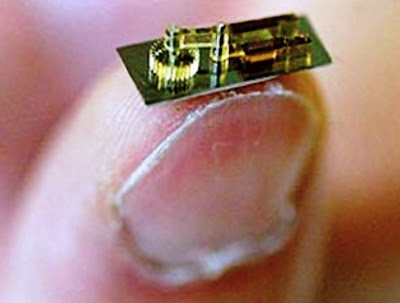
Of course an engine doesn’t have to be huge to be awesome. This is the smallest petrol engine in the world!
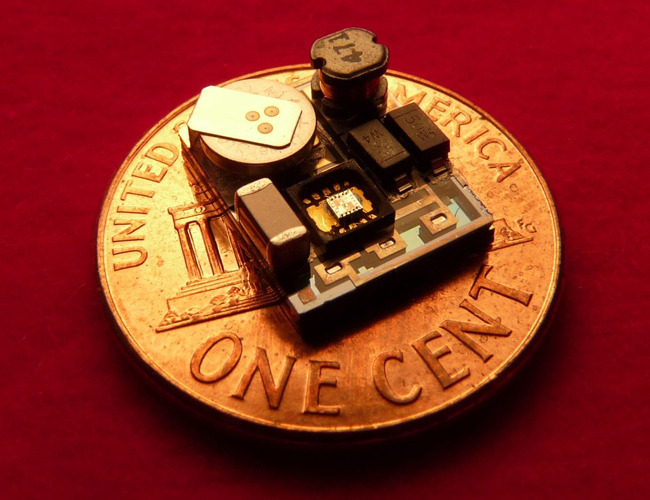
Another Pint Sized Marvel is this energy harvester! It can harness energy from vibrations and convert it to electricity. Maybe not an engine, but just as engeneering-rific! Use its efficiency to inspire your designs!
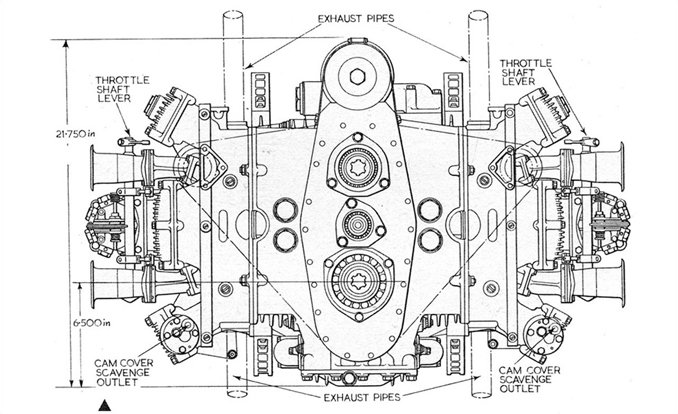
Back to more standard engine inspirations… the 3.0-liter, 32-valve H-16 from British Racing Motors – Nice engine design diagram from the 60’s! 😀
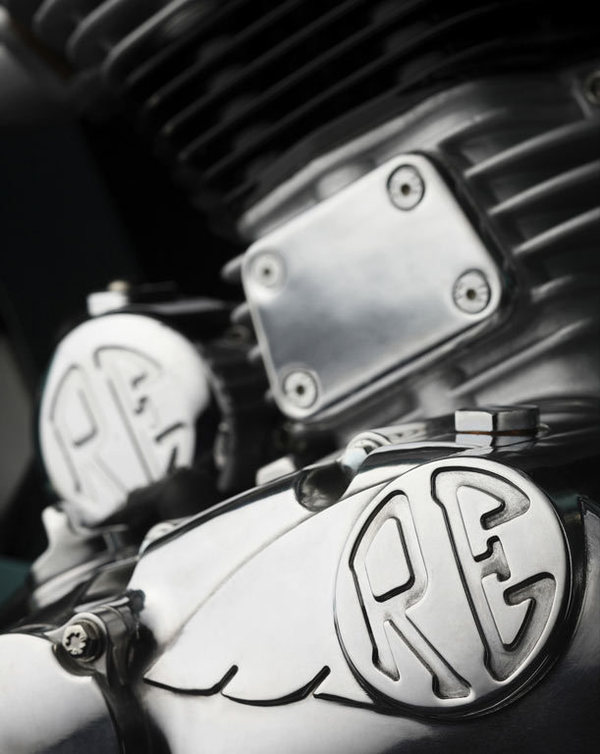
A well crafted 500cc EFI Engine designed by Royal Enfield
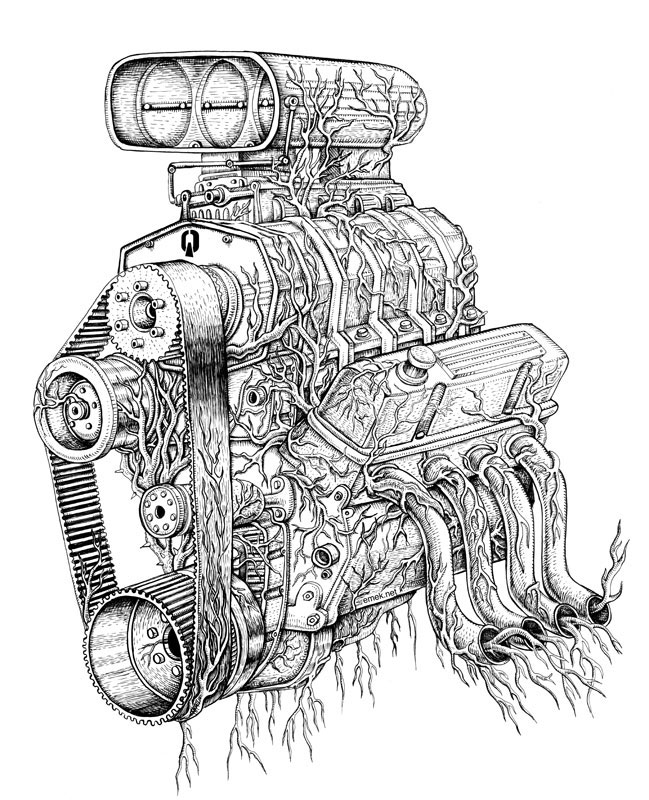
Wonderful drawing of a blower engine! Engine art!
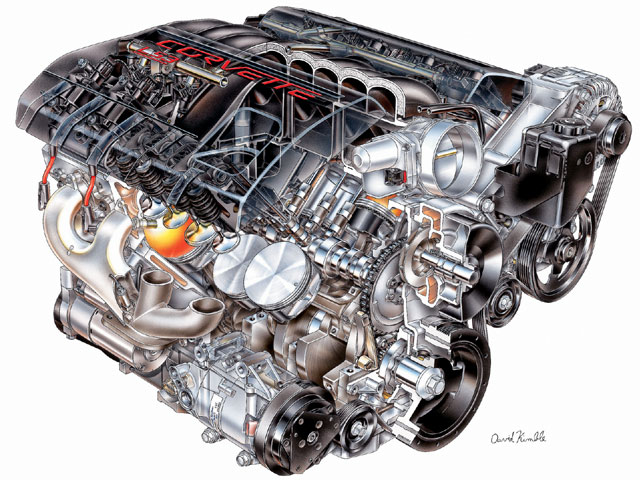
Incredibly detailed 2008 Chevrolet Corvette LS3 Engine Drawing
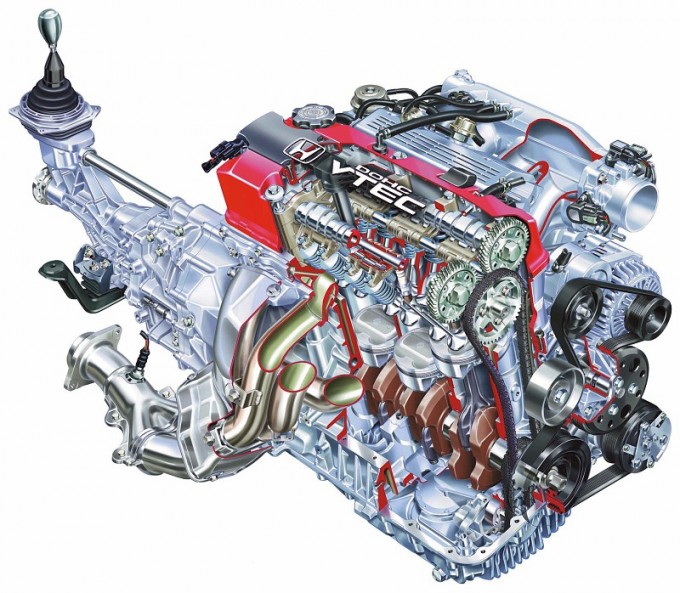
Another stunning drawing of 2000 Honda S2000 Roadster engine. Illustration at its finest! You can even see some internal parts here

Now for some truly original (and historically accurate), creative engine design art! These Hand Drawn Engine Block Designs Rock! Love the typography as well.
What was your favorite engine design?? Have you designed any engines? Done any engine art? Leave it in the comments below, we would love to hear from YOU! As always, Thanks for Reading!
You like this? Don’t forget to follow us on twitter @andysowards and like us on facebook @andysowardsfan! We are also on that Google Plus & Pinterest thing.

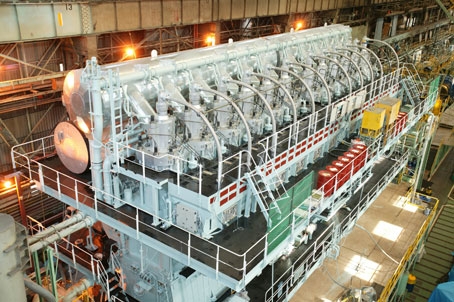
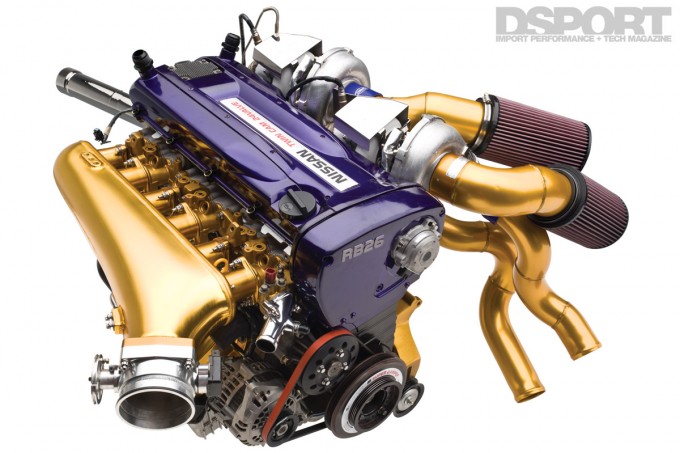
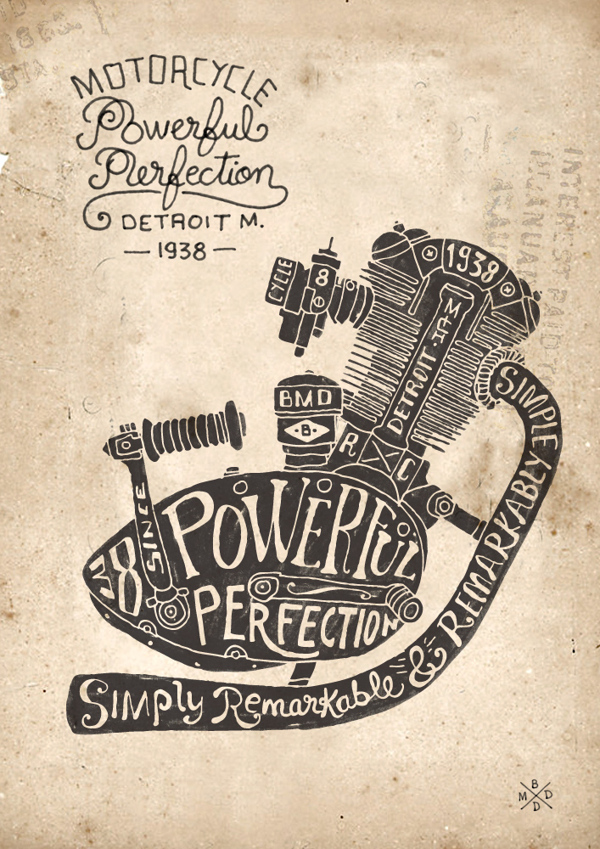
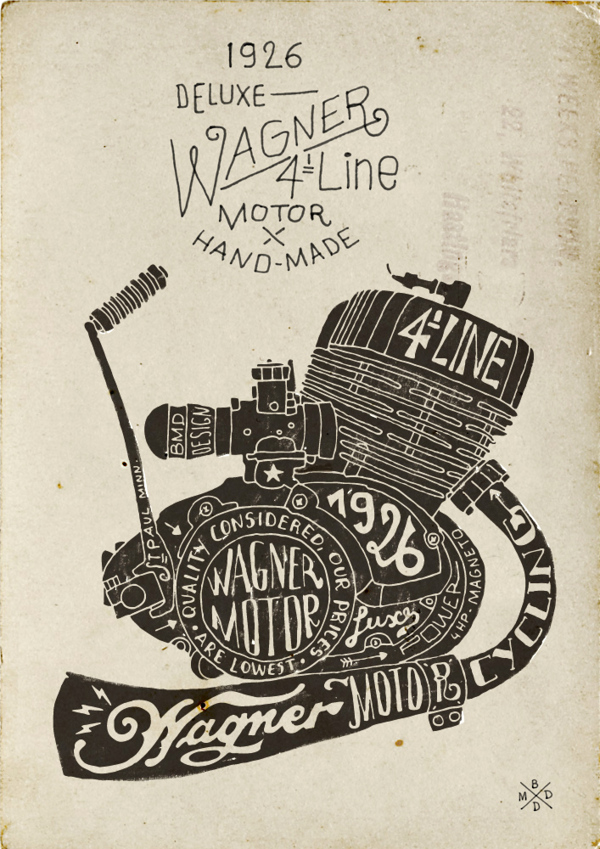
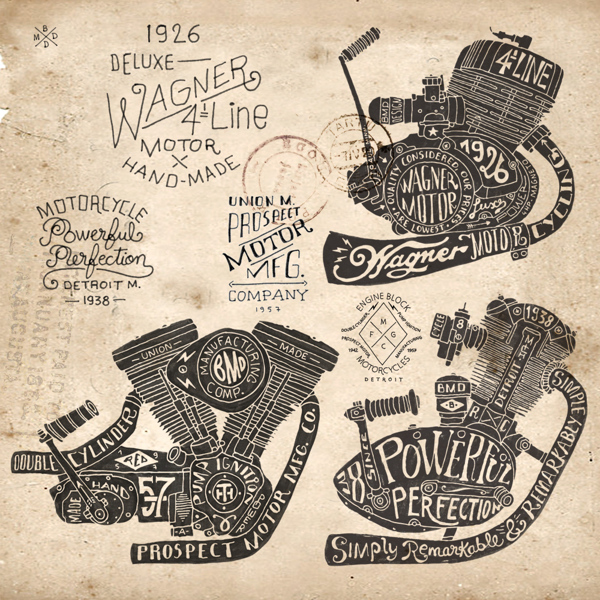

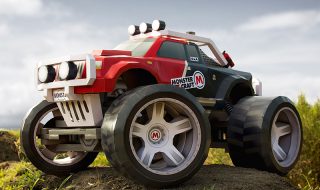


great engines! here are a few more of my drawings…
https://emek.net/rock/q/qotsa_detroit_engine.html
glow in the dark bone engine: https://emek.net/rock/s/soundgarden11.html
https://emek.net/rock/q/qotsa_skull_engine.html
https://emek.net/rock/q/qotsa_bonermacheen.html
https://emekstudios.com/apparel/mens/popout/engine.html
Nice work! Thanks for stopping by
spectacular Stuff
What a great display of engines, I just finished drawing up a V8 engine for a shirt design, I think the lines are a little thick so won’t be using it now. Anyhow, I’m fascinated by those HUGE ship engines, that is incredible, definitely pieces of art in a big way!
Thanks Steve, glad you liked it! Yes those Ship Engines are incredible, almost hard to believe they even exist! lol